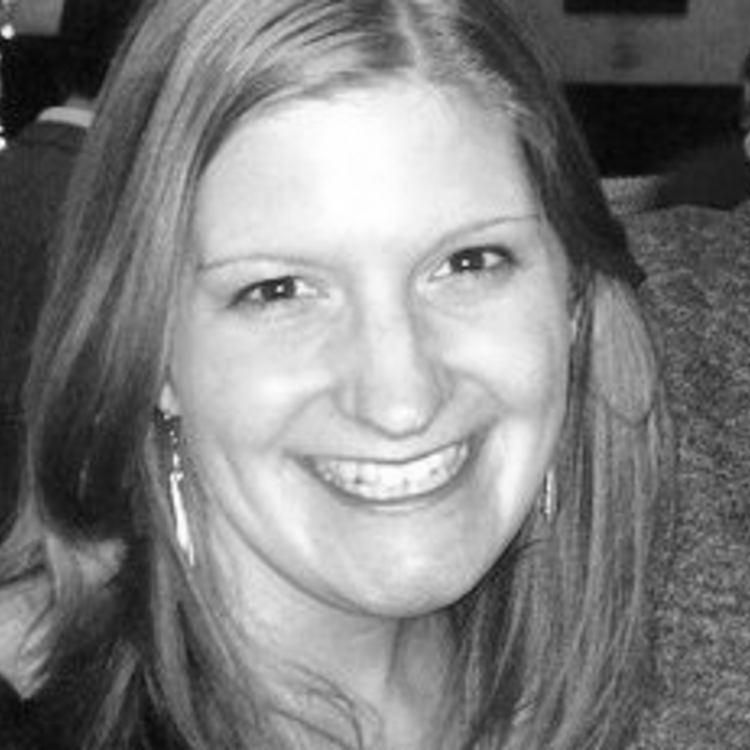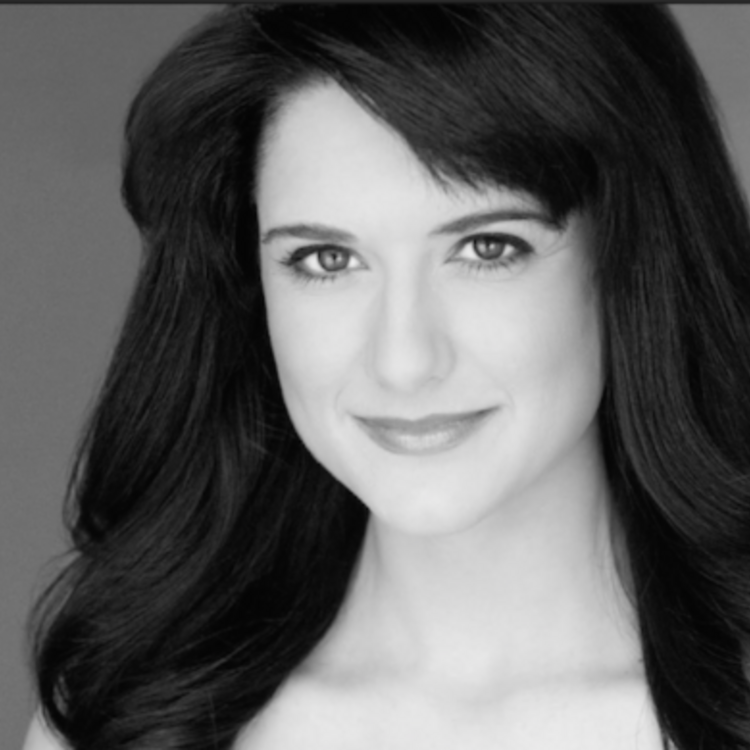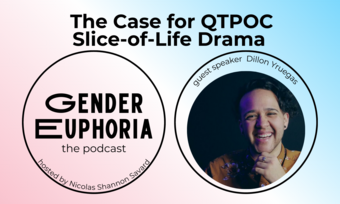Unpacking “Diversity” In Musical Theatre
What is the process of developing new musical theatre? How can composers and lyricists better protect their work, while also promoting it? In this series, Samuel French, Inc. asked four professionals in the theatre industry to share their thoughts on this subject. (Please note that the presented opinions are those of the author, and do not necessarily represent those of Samuel French.)

In recent months, there has been quite a bit of online ink spilled on the subject of “diversity” in the theatre. Whether it’s Roundabout Theatre Company’s all white revival of Noises Off or Manhattan Theatre Club’s recently announced 2015/2016 season of nearly all white male playwrights (now including one white female playwright as a late addition), commercial theatre gatekeepers are now being put into the position of having to reflect upon whether they are at best, perpetuating an artistic culture of homogeneity or at worst, perpetuating an artistic culture of de facto racism. In the world of musical theatre, writer/actor Brett T. Ryback took on the seeming lack of diversity in today’s generation of emerging musical theatre writers by calling for white writers to confront their own biases and populate their stories with casts that seem to more accurately reflect the seen/perceived diversity of the world we live in—a world that is increasingly nonwhite. While I think that call to action is a more than worthy subject for discussion, and one that I have opined about myself on my own platform, I am interested in a deeper analysis of what it is that we mean when we call for more diversity in musical theatre. For the purposes of this piece I am limiting myself to a discussion that is biased toward my own experiences and perceptions as a cisgendered African-American male musical theatre writer but with full recognition that all minority artistic voices deserve to be heard and represented.
Merriam-Webster defines diversity both as “the quality or state of having many different forms, types, ideas, etc.” and “the state of having people who are different races or who have different cultures in a group or organization.” If we use those definitions as the metric to gauge diversity in musical theatre then it seems to me that we are also implicitly discussing “intersectionality” which is defined as “the study of intersections between forms or systems of oppression, domination, or discrimination.” Though this term was originally coined by Kimberlé Williams Crenshaw as a feminist sociological theory, I am appropriating and entering this definition into the debate because a recurring call to action has been to diversify the casting of musicals that are traditionally all white or, as evidenced by the success of Lin Manuel Miranda’s Hamilton, to write and produce shows that necessitate a diverse cast and/or musical ethos in order to upend our expectations of default whiteness in musical theatre.
If our most pressing concern are the diversity numbers, then we are missing the point. Casting should be part of a larger project that aims to decenter whiteness as the primary reference point in the stories nonwhite bodies populate.
I recently had the opportunity to speak with a musical theatre historian who pointed out that if you look at recent casting on Broadway more closely, you can actually see trends of improvement in the number of nonwhite faces represented onstage in musicals like Hamilton, Allegiance, If/Then, On Your Feet!, etc. In the last year alone, Norm Lewis became the first African-American actor to play the titular role in The Phantom of the Opera on Broadway. Before his tragic passing, Kyle Jean-Baptiste became the first (and youngest) African-American actor to play the role of Jean Valjean in Les Misérables on Broadway. If this seeming trend were to hold up and creative teams were to begin to more stringently adhere to policies of color-blind casting, one might argue that the lack of diversity in musical theatre could potentially take care of itself.
Taking that all into account, I question whether casting is enough. I question why it is that the drum beats so urgently for the diversity in individual shows as opposed to the diversification of the entire institution responsible for producing these shows. I question why the drum beats so urgently for diversity within individual shows as opposed to say, lots of all-black musicals, all-trans women of color musicals, all-immigrant musicals, etc. Though intersectionality documents overlapping oppressions, within a theatrical context, any one of those populations allow for an endless number of possibilities to explore truly new stories and songs for the stage. But if we are satisfied with the assertion that casting diversity within individual shows is most pressing, I would push back by arguing that this call for diversity may ironically and ultimately be more rooted in white supremacy and/or white guilt than in what I believe should be theatre’s ultimate goal: to hold the mirror up to humanity and reflect it back (or distort it) in order to share, person-to-person, what it means to exist in joy and suffering in the world.
If casting is most pressing, the implication is that if only we create more platforms for nonwhite bodies to be physically represented onstage, then the lack of diversity in musical theatre can be transmuted and reduced into a simple matter of meritocracy (curated of course, by mostly white gatekeepers). While I am all in favor of the promotion of nonwhite bodies into these commercial spaces, I do strongly question the extent to which casting (colorblind or otherwise) is the strongest way forward because it assumes whiteness as the standard lens through which to see story and song artistically and politically. It assumes that nonwhite bodies need only be able to convincingly occupy traditionally white spaces without upsetting a carefully calibrated system of white supremacy. Or to put it in cruder terms, those nonwhite bodies need to be able to pass. When I think about this call for diversity in musical theatre, my perhaps cynical rhetorical question is whether whiteness is still the fulcrum upon which all practical theatrical considerations balance. My gut response is that yes, representation matters but if our most pressing concern is the numbers, then we are missing the point. Casting should be part of a larger project that aims to decenter whiteness as the primary reference point in the stories nonwhite bodies populate. To do this, we urgently need help from nonwhite musical theatre writers.
If I limit myself to African Americans not including myself, I can count on maybe two sets of black hands the number of musical theatre writers I can name off the top of my head (Kirsten Childs, Kendell Pinkney, Roderick Whitley, Charles Vincent Burwell, Lavell Blackwell, Douglas Lyons, Darius Smith, Masi Asare, Marcus Scott, and Sukari Jones). Five names that have been represented on Broadway with a musical are Brenda Russell and Stephen Bray (music and lyrics for The Color Purple), Bill T. Jones: (Fela!), Stew: (Passing Strange), and George Wolfe: (Jelly’s Last Jam, Bring in ‘da Noise, Bring in ‘da Funk). While we again have reason to celebrate the many excellent nonwhite faces that will be featured onstage in Wolfe’s eagerly anticipated Shuffle Along, it is almost twenty years after his last musical was on the boards (sixteen if you count Michael-John LaChiusa’s The Wild Party for which he co-wrote the book). Part of this disparity comes from the simple fact that there are so few slots available for any production opportunities on or Off-Broadway for any musical theatre writers because of the extreme economic and logistical hurdles associated with trying to get a show to fruition. As a result, there are even fewer slots for African-American musical theatre writers, particularly if their stories do not use whiteness (or racism, especially in historical terms) as a primary frame of reference. Within that system, only the most proven/known projects are going to thrive, which can lead to what is known in the straight play world as “the black slot.” In understanding just those few levels of marginalization, we can begin to see some of the intersectional problems that many African-American musical theatre writers face and by extension, many other minority musical theatre writers.
I question why the drum beats so urgently for diversity within individual shows as opposed to say, lots of all-black musicals, all-trans women of color musicals, all-immigrant musicals, etc.
Another issue that complicates the call for diversity is the relationship between writers and performers on new work. In recent months, I’ve had parallel conversations with several African-American performers and several white male theatre practitioners (one of whom was the composer of an Off-Broadway musical last year and one of whom was the director of a regional production of a new musical this year). In my conversations with the performers, a consistent issue that came up was the fact that so many of them were trained to limit themselves to certain “tracks/types” as per their conservatories, universities, agents, and managers in order to be cast. The stories they tell of having to be prepared to sing songs for our most prominent casting directors where they vocally “take you to church” are depressing to the extreme. Even more troubling is that these performers speak of often being called to sing in concerts that translate to YouTube views that help the writers gain more exposure, while noting that they are then often not called to be cast in the shows the same songs may have originated. In my conversations with the white male theatre practitioners, a consistent issue that came up was that in the production opportunities they did have, a usually hard fought discussion with producers and casting directors for more diversity almost always resulted in them finding that either none of the nonwhite performers they were seeking were available (due to being cast in their pre-approved tracks in some other show on Broadway; see also: Memphis, Motown, Beautiful, and The Lion King) or the performers who were available were “not right” for the part.
I would wager that of the performers who were deemed inappropriate—all talent being equal—few were likely ever given the opportunities (or encouraged) to try to break out of their tracks in their training. I would also suggest that more generally, white writers can afford to push themselves to write beyond what they are comfortable with by seeking out music and stories that stimulate the deeper wells of their imaginations in addition to looking toward nonwhite voices for collaboration and inspiration more often. If we consistently push to foster these kinds of collaborations (while at the same time rapidly cultivating writers of color and the stories they want to tell), we can develop a whole ecosystem of diversity that is actually meaningful and artistically profitable for all parties involved.
In order to remake the world of musical theatre into one that is more inclusive, we are, to an extent, dependent upon producers and artistic directors to provide the platforms for these artistic shifts and collaborations to take place. We need to partner with them and challenge their assumptions, implicit biases, and what feminist scholar bell hooks terms the “imperialist, white supremacist, capitalist patriarchy.” We need to help them expand their artistic horizons and thus increase the likelihood that they will encounter (and in some cases, help create) work that is new, vital, and holistically inclusive. We must challenge them to see beyond bottom-line projections and fears that subscriber bases and theatregoers will not respond to work that is unfamiliar or uncomfortable. We must also start and continue dismantling the gatekeeping establishment nationally by looking to visionary, young new voices like Niegel Smith, who was recently appointed to be the first African-American artistic director of prominent Off-Off Broadway theatre, The Flea.
Diversity is not just about the numbers of nonwhite faces onstage. It is also about the number of nonwhite faces offstage being allowed to participate in the creation of new musicals (where are the literary agents of color, for example?). It is also about the number of white faces offstage who are not helping by digging their heels in and adhering to “tradition.” It is not easy work and we must come to it vulnerably with open hearts and minds but all of these difficult, messy, uncomfortable issues must be on the table when we discuss diversity in the institution of musical theatre. Not only will this work be good for the soul, it will be good for the actual musicals we are creating and putting onstage. As an added benefit, we are now seeing that doing this work can be good for the bottom line as well. Hamilton is today’s undeniable evidence that audiences are ready for excellent work that looks and sounds like today in all its various, beautiful, problematic, and intersectional permutations. But what about tomorrow?














Comments
The article is just the start of the conversation—we want to know what you think about this subject, too! HowlRound is a space for knowledge-sharing, and we welcome spirited, thoughtful, and on-topic dialogue. Find our full comments policy here
Wonderful article.
Thank you!
Super well done, Michael. This is so thoughtful. Thank you for articulating this. Casting is important, of course, but not the full story. It is especially ironic (or telling) that so few writers of color are nurtured or encouraged to tell their own, fresh stories, given that musicals as a form are built on the voices, sounds, and performance traditions of black people, immigrants, and working class entertainment. Sometimes it seems that our artistic leaders just want to hear the same old tune about what (for example) being black can mean on the stage. But it means something different today than it did decades ago, and there are writers who are willing to tell those stories and make those songs.
I would also add a few other wonderful African American writers working in the form to your list: Cheryl Davis, Imani Uzuri, Chisa Hutchinson, and Griffin Matthews...
You're absolutely right, Masi. Thank you for adding these names to the list! The list must continue to get longer!